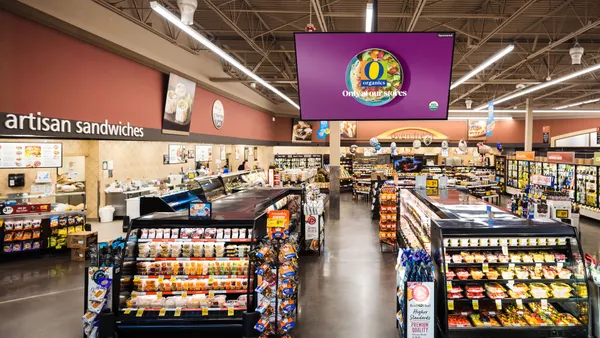Dive Brief:
- Time Inc. has teamed up with Google for a proprietary native video ad unit called Adapt Video that delivers outstream video ads across Time’s digital properties, per a press release made available to Marketing Dive.
- Adapt Video provides a flexible framework for scaling premium video ads on Time Inc. properties by automatically adjusting for different content layouts and device types and accepting standard video ad serving tags to make it easier to scale ad campaigns across devices and user experiences.
- Time Inc. expects the solution to help it increase its video ad inventory and drive incremental revenue by capturing demand from advertisers looking to reach mobile users in premium and brand-safe environments.
Dive Insight:
As digital video ad spending continues to grow, outstream video has emerged as one way to address challenges with digital video ads like low inventory for advertisers and low ROI for publishers, per eMarketer. Outstream video ads do not play inside video content but as part of text content.
There's no doubt digital video content is popular, especially on mobile, with eMarketer estimating 2.5 billion people will watch such content in 2017. An IAB study from this year and cited in the press release found advertisers increased video ad spending by more than 65% over the last two years. Publishers like Time Inc. are investing more in creating their own video content where ads can appear but they also have a wealth of text-based content that they would like to be able to monetize with premium video ads. For brands, being able place their video ads into Time Inc.'s content means they can have a measure of confidence that their ads will appear in a brand safe environment.
Google has been taking steps to become more publisher-friendly. Working with a major digital publisher to create a custom tool that helps Time’s advertisers scale native video campaigns makes sense for Google and its DoubleClick program. The Adapt Video tool's capability to adjust to different devices allows Time's advertisers create a single video ad campaign and feel secure viewers will have a good user experience no matter what device the ad is seen on.









